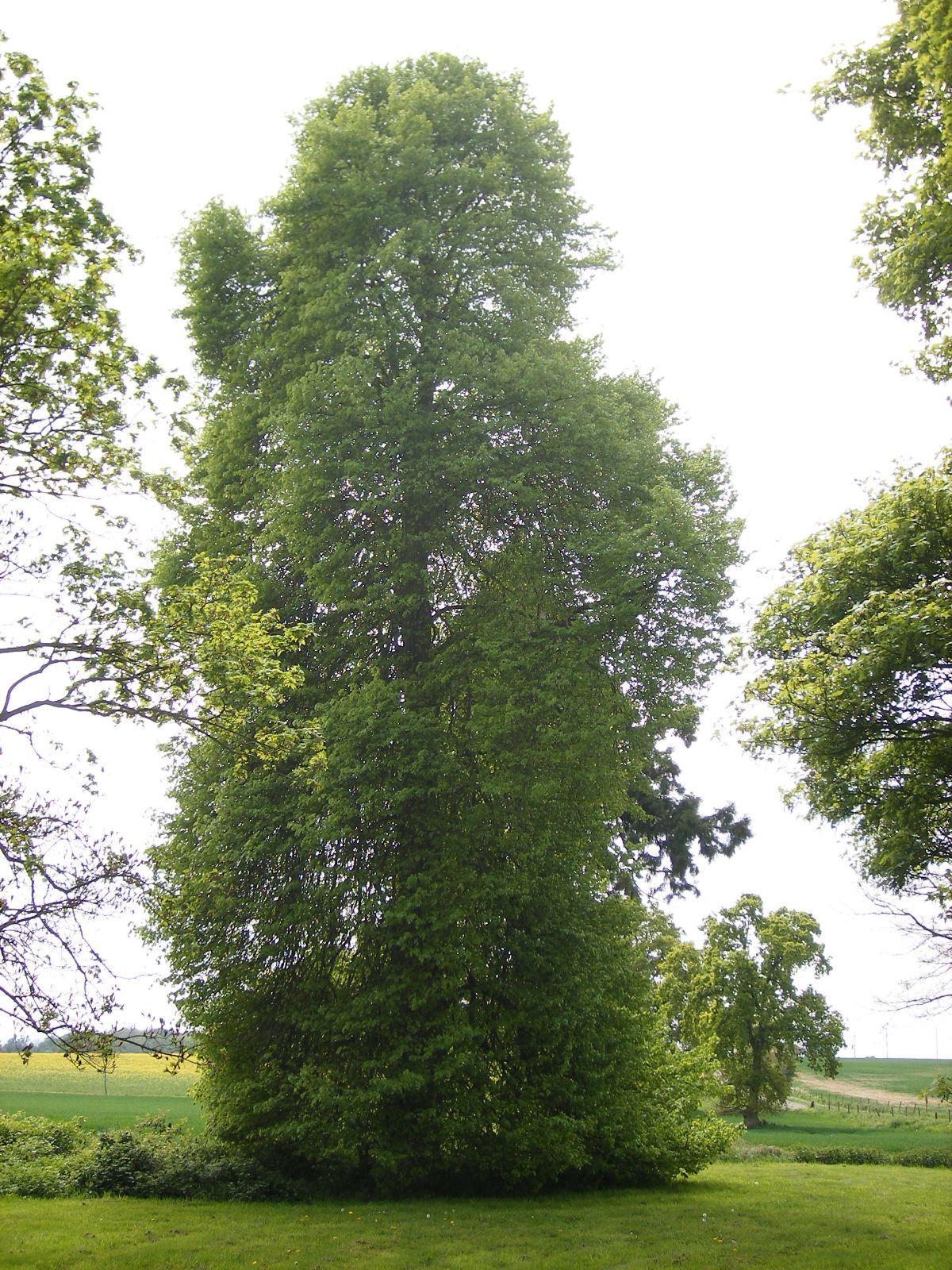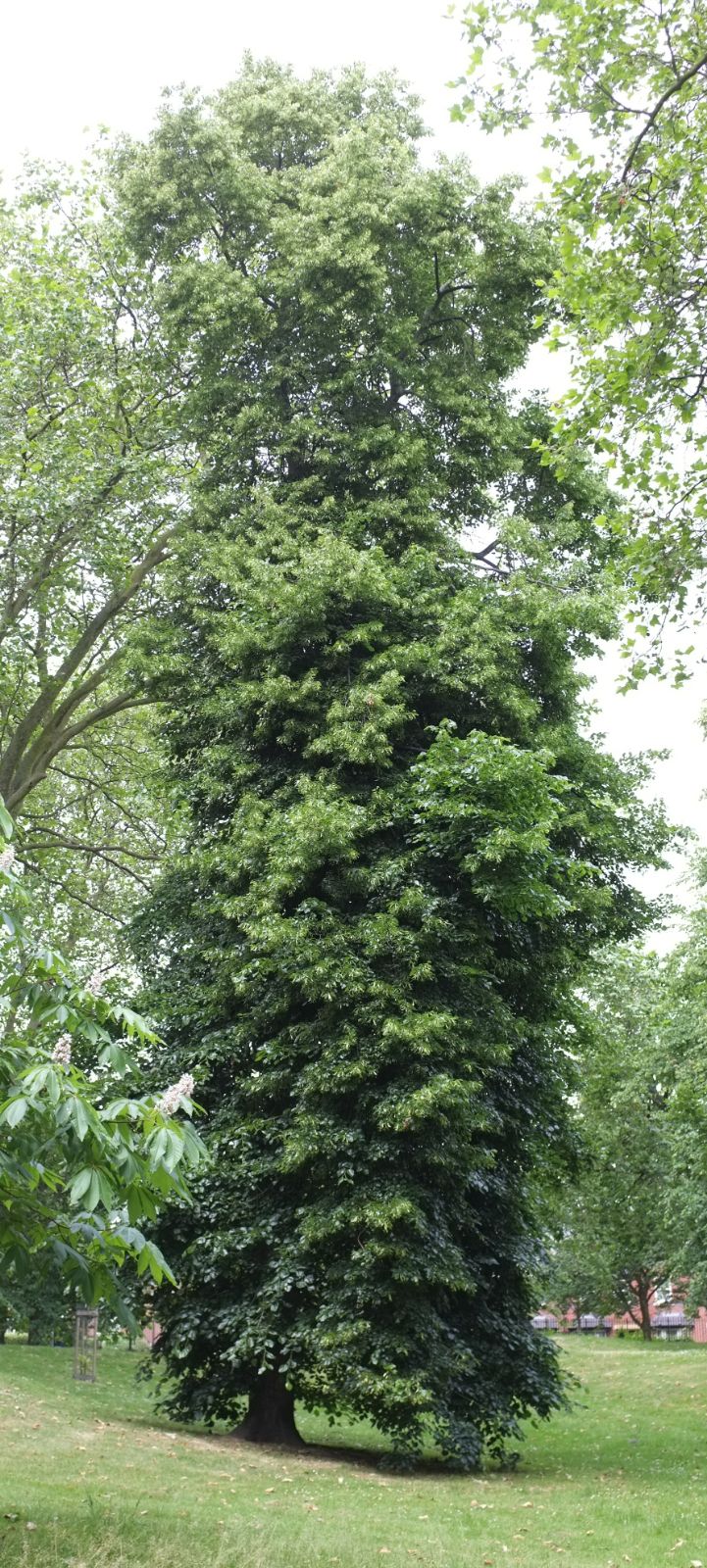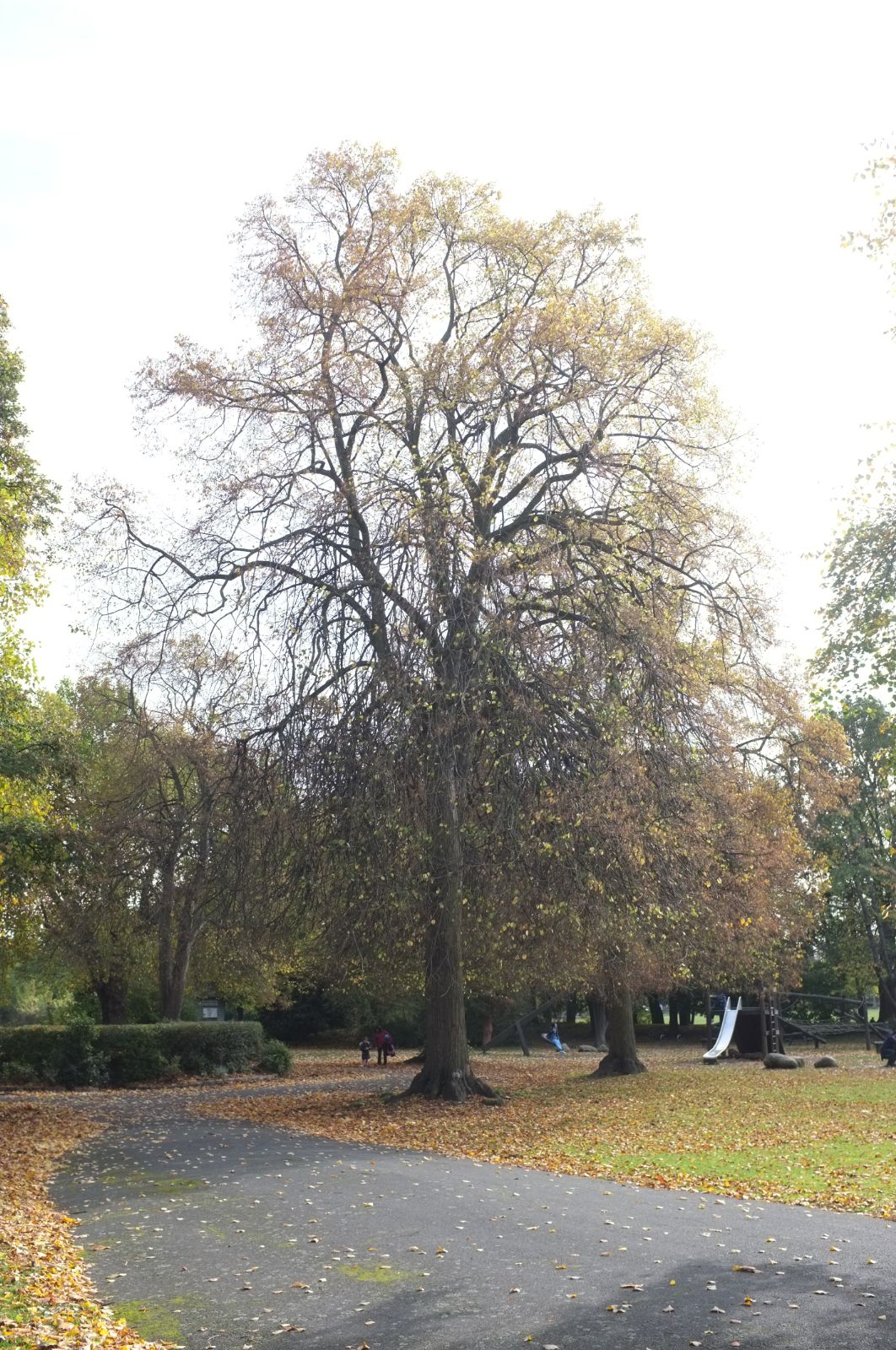Tilia × euchlora
Sponsor
Kindly sponsored by
a member of the International Dendrology Society
Credits
Owen Johnson & Julian Sutton (2020)
Recommended citation
Johnson, O. & Sutton, J. (2020), 'Tilia × euchlora' from the website Trees and Shrubs Online (treesandshrubsonline.
Genus
Synonyms
- Tilia 'Euchlora'
- Tilia × europaea 'Euchlora'
Other taxa in genus
- Tilia americana
- Tilia amurensis
- Tilia callidonta
- Tilia chinensis
- Tilia chingiana
- Tilia concinna
- Tilia cordata
- Tilia dasystyla
- Tilia endochrysea
- Tilia × europaea
- Tilia × flaccida
- Tilia × flavescens
- Tilia Hanwell Hybrids
- Tilia 'Harold Hillier'
- Tilia 'Harvest Gold'
- Tilia × haynaldiana
- Tilia henryana
- Tilia japonica
- Tilia × juranyana
- Tilia kiusiana
- Tilia mandshurica
- Tilia maximowicziana
- Tilia miqueliana
- Tilia mongolica
- Tilia nobilis
- Tilia × noziricola
- Tilia oliveri
- Tilia paucicostata
- Tilia platyphyllos
- Tilia tomentosa
- Tilia tuan
- Tilia 'Westonbirt Dainty'
Tree to 24 m with a straight trunk and a dense tangle of drooping branches in the middle crown. Bark dark grey and smooth for 40 years, then developing shallow flat-topped vertical ridges. Twigs slender, bright green at least in shade. Buds glabrous, orange-red in winter, with 3 exposed scales. Leaves 5.5–8.5 × 4.5–8 cm, glossy dark green above; soon hairless except for tufts of pale brown hair under the vein-axils; marginal teeth regular, with yellow mucronate tips 0.7–1.4 mm long. Floral bracts 6–10 × 0.9–1.7 cm, glabrous; stalk 0.3–1.6 cm long. Inflorescence drooping, with 3–7 flowers. Staminodes absent. Style glabrous in its upper part. Fruit 8–10 × 5–6 mm, covered in brown hairs, sterile. (Pigott 2012).
Distribution Ukraine Crimea; not known in the wild, but this is the supposed origin of cultivated material.
USDA Hardiness Zone 3-7
RHS Hardiness Rating H5
Taxonomic note Often listed as a cultivar Tilia ‘Euchlora’ or T. × europaea ‘Euchlora’, there is now broad agreement that it should be treated as a nothospecies, T. × euchlora (e.g. Pigott 2012, Dirr 2009).
Tilia × euchlora was described by Koch in 1866 from young a tree in Berlin, believed to have originated from seed collected in Crimea. It is widely assumed on morphological grounds to have originated as a hybrid between Tilia dasystyla subsp. dasystyla and T. cordata. These two species are both native to Crimea, although not usually in the same habitats. No similar hybrids have been found in the wild. It is sterile, and material in cultivation probably represents a single clone (Pigott 2012), distributed by Booth’s Flottbeck Nursery near Hamburg as T. dasystyla from around 1860 (Bean 1981).
The leaves of T. × euchlora are the glossiest of any lime. The clear yellow autumn colour develops patchily, with yellow and green leaves alongside one another for a time. Large, older examples in continental Europe include one dating from around 1895 in the courtyard of Sion Abbey in Diepenveen, Overijssel, the Netherlands (24 m, dbh 92 cm, 2017 – monumentaltrees.com 2018). In the third quarter of the 20th century the tree became popular for street planting in Britain (perhaps rather earlier in mainland Europe), thanks to its straight trunk and aphid resistance. However, the tangle of densely-leaved branches, which forms in maturity makes this an unattractive tree, if useful as a rain shelter. Amongst the largest British specimens is one at Westonbirt, Gloucestershire (22 m, dbh 69 cm, 2014 – Tree Register 2020).
As a sterile tree with a single point of origin, cultivars other than obvious sports should be treated with great suspicion. The clone ‘Szent Istvan’ (‘Saint Stephen’) was named in Hungary around 1990 from street trees in Budapest (Jablonski & Plietzsch 2013), but there seems no good evidence that it is different. The North American cultivar ‘Laurelhurst’ is sometimes attributed to T. × euchlora. It was distributed by Moller’s Nursery, Gresham, OR from about 1988, initially as a cultivar of T. × europaea (Jacobson 1996).
A tree in the Cambridge University Botanic Garden (1992.0547A) was raised from seed of a planted Tilia dasystyla subsp. caucasica, which grew next to a T. cordata in the Tbilisi Botanic Garden, Georgia (Pigott 2012), and is assumed to be a hybrid. This had reached 11 m by 2014 (Tree Register 2018). It should be noted that it does not closely resemble typical T. × euchlora.





